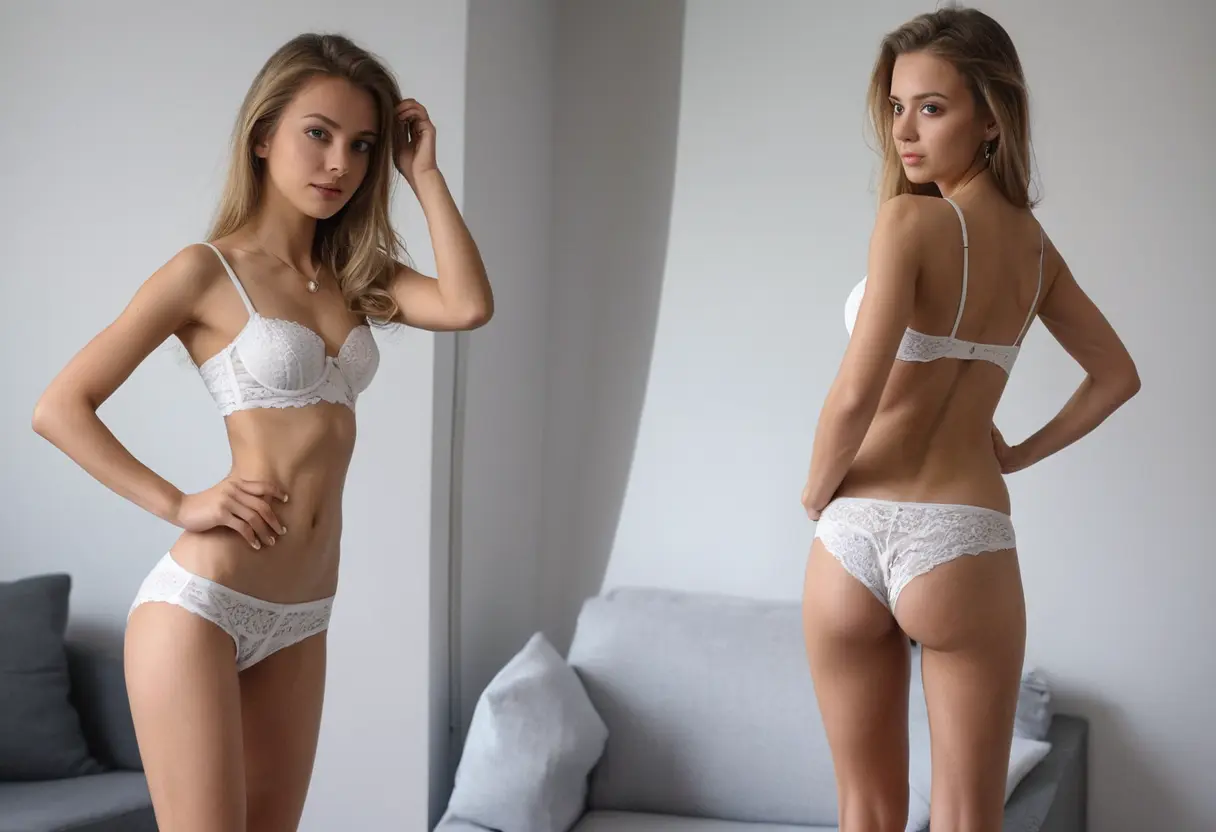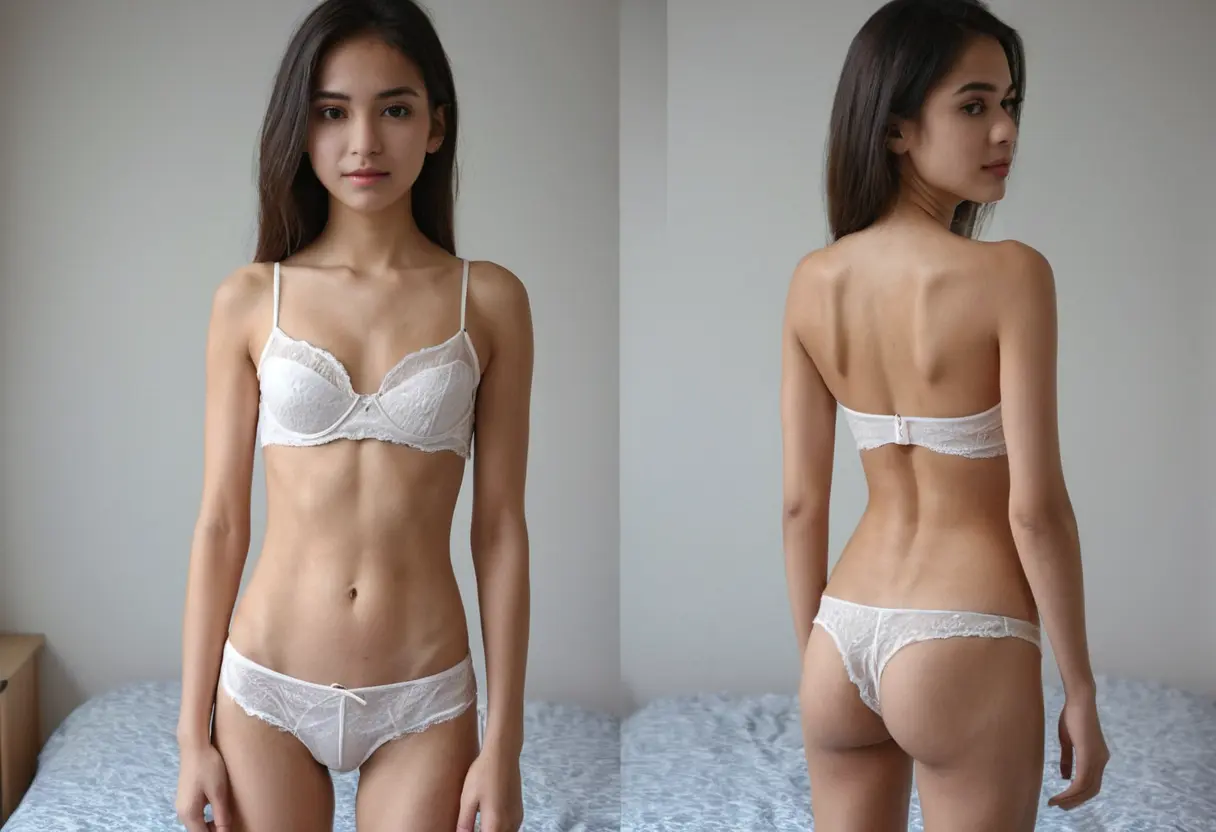The rise of Artificial Intelligence (AI) has revolutionized various industries, and fashion is no exception. In recent years, the role of AI in fashion and digital modeling has expanded, becoming an integral part of creative processes and marketing strategies. While much attention has been paid to AI's use in fashion design and virtual assistants, one of the most fascinating applications lies in the realm of digital modeling, especially when it comes to the representation of male models. This article will explore the role of male AI in fashion, how it is reshaping the modeling industry, and the implications it has for both designers and consumers alike. We will delve into the technology behind AI-driven digital models, the benefits they bring to the fashion industry, and the challenges they pose to traditional modeling standards.
Male AI models are powered by sophisticated machine learning algorithms and computer vision technology. These digital models are created using vast datasets of human anatomy, facial expressions, and body movements to generate lifelike representations of male figures. AI systems, such as Generative Adversarial Networks (GANs), are particularly useful in this process. GANs enable AI to create hyper-realistic images by learning from a wide range of real-world data, allowing it to mimic human features with impressive accuracy.

One key technology behind male AI models is 3D rendering. Through 3D modeling software, AI can generate virtual male models in various poses, outfits, and settings, which can be customized as needed for fashion photoshoots or runway shows. The level of realism achieved is continually improving, with advancements in texture mapping, lighting effects, and fabric simulations contributing to more visually stunning and authentic digital representations.

The introduction of male AI models into the fashion industry is reshaping how brands approach marketing, advertising, and even product design. Traditional fashion campaigns have relied heavily on human models to showcase clothing and accessories, but digital models offer several distinct advantages over their human counterparts.

Male AI models offer significant benefits not only for fashion designers but also for consumers. Designers have the freedom to experiment with new designs without being constrained by the availability or limitations of human models. This means that fashion collections can be displayed in virtual spaces much faster, leading to quicker product releases and more targeted marketing strategies.
For consumers, AI models provide an exciting opportunity to visualize clothing in a more personalized way. Some fashion brands are now incorporating augmented reality (AR) features into their online platforms, allowing shoppers to see how clothing will look on a virtual male model that closely resembles them. This virtual try-on experience makes it easier for consumers to imagine how the clothing fits and moves on a body, reducing the likelihood of returns and improving overall shopping satisfaction.
Despite the many advantages, the use of male AI models does come with its own set of challenges and ethical considerations. One of the primary concerns is the potential for AI models to perpetuate unrealistic beauty standards. While digital models offer a way to present idealized visions of male bodies, there is the risk of reinforcing a narrow and unattainable view of beauty, which can negatively impact consumers' self-image.
Furthermore, the rise of AI in the fashion industry raises questions about job displacement. If digital models become the norm, traditional human models may face reduced opportunities in the fashion world. While AI is unlikely to fully replace human models, there is a growing concern that it could diminish the need for human labor in certain aspects of fashion marketing.
As AI technology continues to advance, it is expected that the role of male AI models in fashion will only grow. Future developments could include even more lifelike and dynamic digital models that respond in real-time to consumer interactions, as well as enhanced virtual try-on experiences that incorporate AI-driven customization features. With the increasing use of virtual reality (VR) and augmented reality (AR), male AI models may soon become a staple not only in digital fashion campaigns but also in virtual shopping environments.
In the coming years, AI-powered male models may also be integrated into virtual fashion shows, offering brands new ways to present their collections to a global audience. These shows could be fully interactive, allowing consumers to engage with the virtual models in real time, view clothing from every angle, and make immediate purchases without leaving their homes.
Male AI models have become a transformative force in the fashion industry, offering a wide range of benefits for both designers and consumers. From cost savings and customization to promoting inclusivity and diversity, AI technology is reshaping how fashion is marketed and consumed. However, the widespread adoption of digital models also presents challenges that must be addressed, particularly concerning ethical considerations and the potential impact on human models. As AI technology continues to evolve, the role of male AI models in fashion will likely expand, opening up new possibilities for virtual experiences and reshaping the future of the fashion industry.
2024-11-05 20:35
2024-11-05 20:25
2024-11-05 19:27
2024-11-05 19:05
2024-11-05 18:43
2024-11-05 18:08